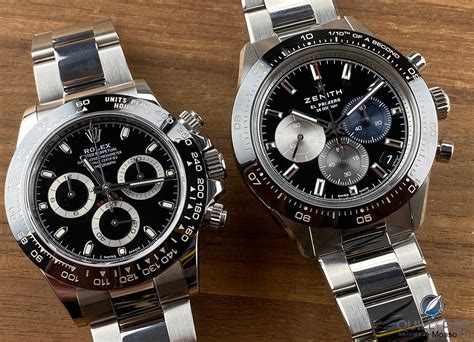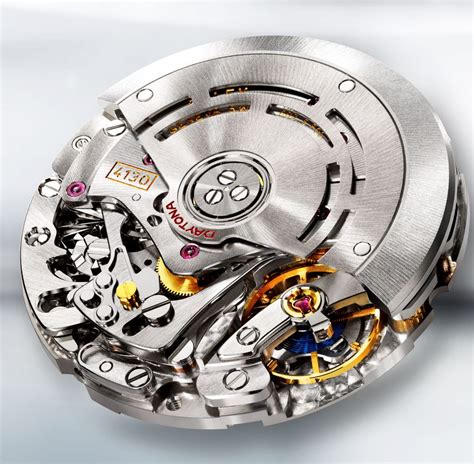rolex daytona vertical clutch | rolex daytona movements rolex daytona vertical clutch Having already explained the more traditional horizontal clutch (or lateral coupling), we now look forward to the more modern vertical clutch. This is found in some of the . 1. Scan the "LV" bucke. The buckle is one of the most visible details on the Louis Vuitton belt, because this is mainly how people recognise a LV belt. The main problem with the counterfeit Louis Vuitton buckles is that they are either too thick, too thin or they have some kind of inconsistency.
0 · zenith vs rolex daytona
1 · rolex daytona zenith movement
2 · rolex daytona movements
3 · rolex daytona in house
4 · rolex daytona clutch
5 · rolex daytona chronograph
6 · rolex daytona automatic winding
7 · rolex daytona
Discover Louis Vuitton LV Iconic 20mm Reversible Belt: Featured in Nicolas Ghesquière’s Cruise 2024 show, the LV Iconic 20mm Reversible Belt updates the classic Monogram signature with a brighter, more contemporary color palette. Monogram Dune canvas is paired with sumptuous semi-aged natural cowhide on the reverse side, accented by a .
The battle to create the world’s first automatically-winding mechanical chronograph movement ended in a sort of three-way tie in 1969. The competitors – Seiko in Japan and two Swiss entrants: Zenith (teaming up with fellow countrymen Movado) and a consortium called the Chronomatic Group (consisting of Heuer, . See moreThe reason it took so long for the new Daytona to come out following the two companies forming an alliance is because Rolex’s engineers gave the El Primero a severe going-over before fitting it . See more
With the new millennium on the horizon, the Rolex Daytona was the only model in the brand’s portfolio reliant on a third-party movement, and it was a situation that could not possibly last. After . See more Having already explained the more traditional horizontal clutch (or lateral coupling), we now look forward to the more modern vertical clutch. This is found in some of the .
Learn about the history, features, and performance of the Rolex caliber 4130, the first in-house chronograph movement for the Cosmograph Daytona. The caliber 4130 has fewer parts, a .But perhaps most importantly is the use of a vertical clutch. Where the El Primero employed a horizontal, or lateral, arrangement to control the chronograph, the Cal. 4130 has a pair of discs one on top of the other, running in constant synch with the drivetrain.
Having already explained the more traditional horizontal clutch (or lateral coupling), we now look forward to the more modern vertical clutch. This is found in some of the most famous chronographs in contemporary watchmaking, including the Rolex Daytona with the cal. 4131 (pictured above), Patek Philippe Nautilus with the CH 28-520 , and .Learn about the history, features, and performance of the Rolex caliber 4130, the first in-house chronograph movement for the Cosmograph Daytona. The caliber 4130 has fewer parts, a vertical clutch, a Parachrom hairspring, and a 72-hour power reserve.
Daytona: Added to the dials along with “Cosmograph” in the early 60s just after Rolex became the official timekeeper at the Daytona Florida raceway. It can appear large above the 6-o’clock subdial, smaller under “Cosmograph,” or not at all.
Essentially a mechanism that engages in order to transmit power from the base movement to the chronograph mechanism, the vertical clutch eliminates seconds hand “stutter”, a crucial advantage over its predecessor, the horizontal clutch. Rolex’s use of a high-performance “vertical clutch” chronograph coupling mechanism was a key enabler. A brief explanation. Consider a chronograph mechanism as a separate subsystem, which, through a “clutch,” is coupled to the movement to power the chronograph’s indicators once activated. The movement’s technical talking points included a bidirectional ball-borne rotor, a column wheel with a vertical clutch, and a hairspring made of blue Parachrom, a Rolex-patented alloy of niobium, zirconium and oxygen that offers a high level of resistance to magnetic fields, shocks, and temperature variations and a pumped-up power reserve .The Caliber 4130 is a column wheel-controlled caliber as opposed to the 1861's cam-actuated movement, and it employs a vertical clutch rather than a lateral one to eliminate hand slop on the chronograph's starts and stops.
Featuring a column wheel and a vertical clutch, the Rolex Caliber 4130 also features the brand’s proprietary blue Parachrom hairspring that is impervious to magnetic fields and up to ten times more resistant to shocks and temperature fluctuations.

louis vuitton red envelope 2019
zenith vs rolex daytona

On the other hand, its vertical clutch mechanism guarantees prolonged operation of the chronograph without compromising chronometric precision. This is complemented by the outstanding performance of the Chronergy escapement and the Parachrom hairspring.But perhaps most importantly is the use of a vertical clutch. Where the El Primero employed a horizontal, or lateral, arrangement to control the chronograph, the Cal. 4130 has a pair of discs one on top of the other, running in constant synch with the drivetrain.
Having already explained the more traditional horizontal clutch (or lateral coupling), we now look forward to the more modern vertical clutch. This is found in some of the most famous chronographs in contemporary watchmaking, including the Rolex Daytona with the cal. 4131 (pictured above), Patek Philippe Nautilus with the CH 28-520 , and .Learn about the history, features, and performance of the Rolex caliber 4130, the first in-house chronograph movement for the Cosmograph Daytona. The caliber 4130 has fewer parts, a vertical clutch, a Parachrom hairspring, and a 72-hour power reserve. Daytona: Added to the dials along with “Cosmograph” in the early 60s just after Rolex became the official timekeeper at the Daytona Florida raceway. It can appear large above the 6-o’clock subdial, smaller under “Cosmograph,” or not at all.
Essentially a mechanism that engages in order to transmit power from the base movement to the chronograph mechanism, the vertical clutch eliminates seconds hand “stutter”, a crucial advantage over its predecessor, the horizontal clutch.
Rolex’s use of a high-performance “vertical clutch” chronograph coupling mechanism was a key enabler. A brief explanation. Consider a chronograph mechanism as a separate subsystem, which, through a “clutch,” is coupled to the movement to power the chronograph’s indicators once activated. The movement’s technical talking points included a bidirectional ball-borne rotor, a column wheel with a vertical clutch, and a hairspring made of blue Parachrom, a Rolex-patented alloy of niobium, zirconium and oxygen that offers a high level of resistance to magnetic fields, shocks, and temperature variations and a pumped-up power reserve .The Caliber 4130 is a column wheel-controlled caliber as opposed to the 1861's cam-actuated movement, and it employs a vertical clutch rather than a lateral one to eliminate hand slop on the chronograph's starts and stops.
Featuring a column wheel and a vertical clutch, the Rolex Caliber 4130 also features the brand’s proprietary blue Parachrom hairspring that is impervious to magnetic fields and up to ten times more resistant to shocks and temperature fluctuations.
rolex daytona zenith movement
red louis vuitton vest

Men's Belts. In a refined approach to dressing, a selection of belts for Men exudes a modern elegance. Revitalizing the emblematic LV Logo, these creations exalt the signature sophistication of the Maison in timeless colorways. Saint Germain 35mm Belt. LV City Pin 35mm Belt. LV Shadow 40mm Reversible Belt. LV Line 40mm Reversible Belt.
rolex daytona vertical clutch|rolex daytona movements




























